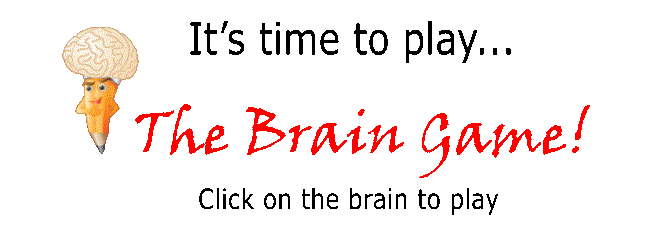Print This Page

Functional Anatomy of the Hand
- 19 major bones of the hand: 5 metacarpals and 14 phalanges
- There are 5 metacarpals, one of each digit and are commonly named I for the thumb, II for index, III for middle, IV for ring and V for the small finger.
- Each one has a base, a body or shaft, and a head (listed proximal to distal).
- The metacarpal of the thumb is different than digits II-V—the thumb metacarpal is shorter and is anteriorly situated compared to the others and is rotated 90 degrees for opposition.
- The base of the thumb metacarpal is formed into a shallow saddled which is all anterior surface. The most medial aspect of the base sticks out more proximally and presents with a triangular beak.
- The base of the 4 metacarpals (digits II-V) has an irregular shape and are less wide volarly. This shape contributes to the proximal transverse arch of the hand.
- The shaft of each metacarpal is triangular in shape.The peak of the triangle is volarly situated and has more dense bone than the dorsal part of the shaft. The shape of the shaft contributes to the longitudinal arch and provides room for intrinsic musculature and other soft structures.
- The heads of the metacarpals are all similar. The articular surface is rounded. Prominent dorsal tubercles are on each side of the head, proximal to the anterior surface.
- The distal transverse arches are at the level of the metacarpal heads and form a dorsal convexity. This arch is bigger than the proximal transverse arch due to the metacarpal heads being farther apart than the bases.

What is a muscle is innervated by both median and ulnar nerves?
A. Abductor pollicis brevis
B. Flexor pollicis brevis
C. Flexor pollicis longus
D. Abductor pollicis longus
